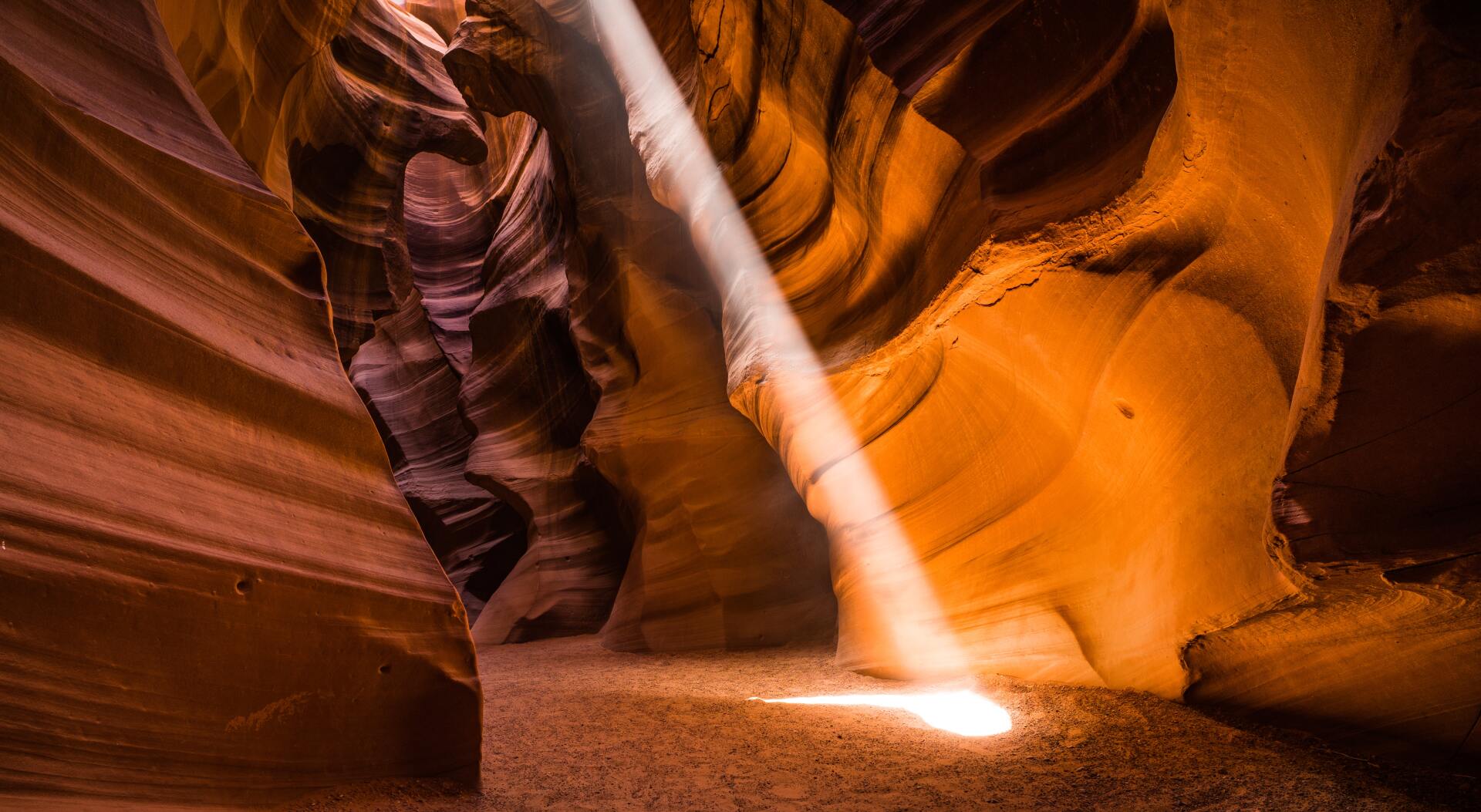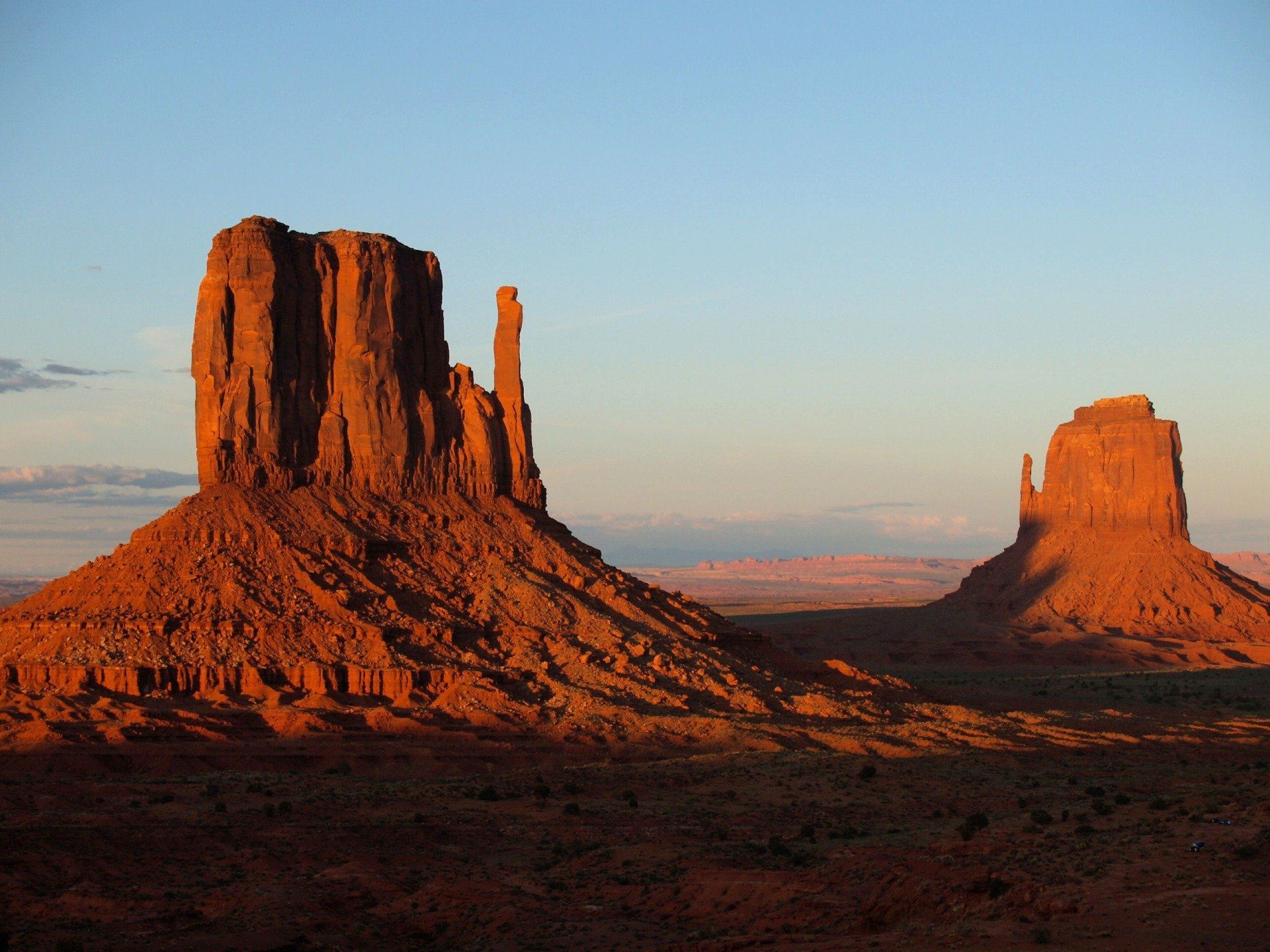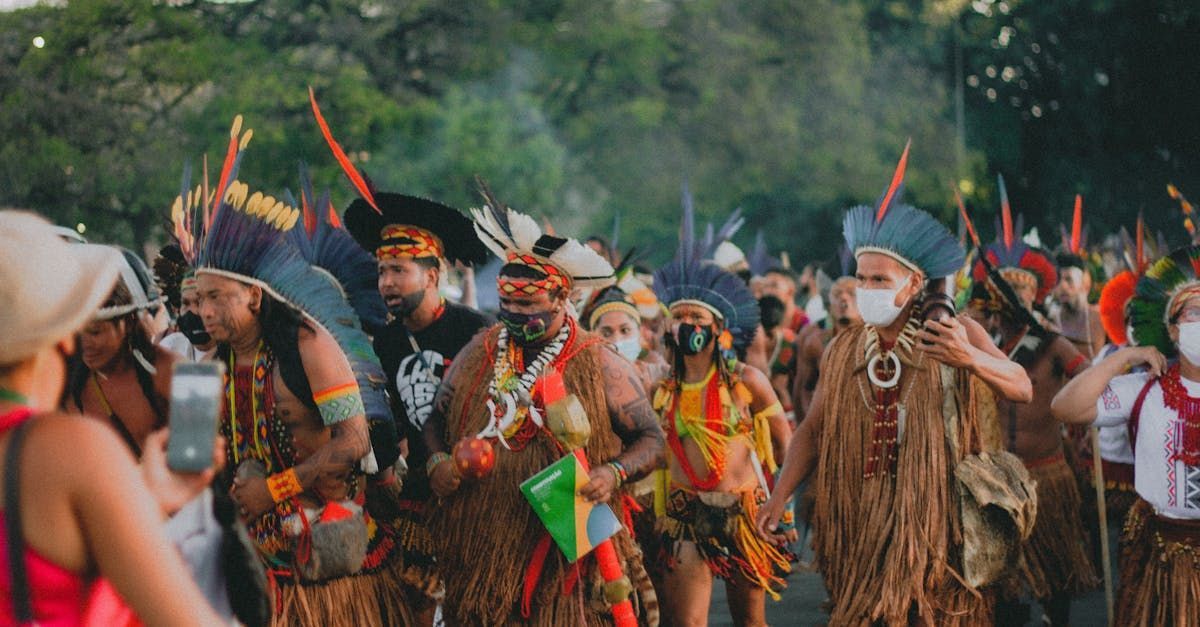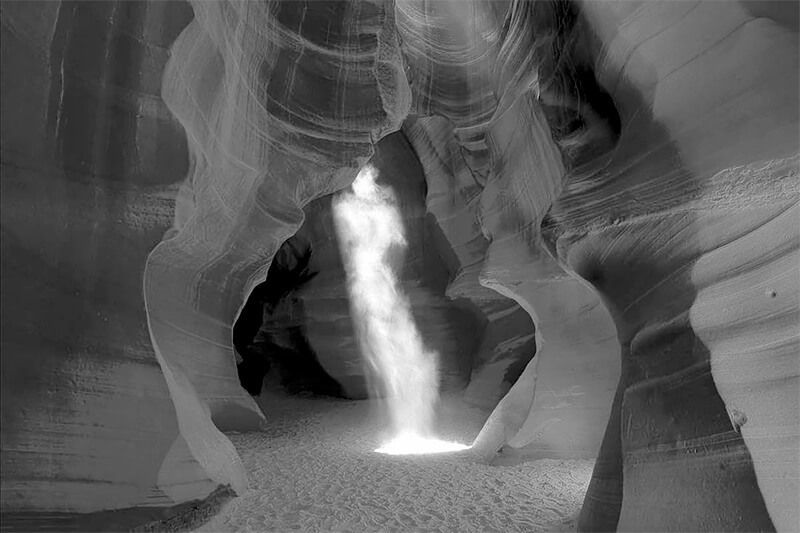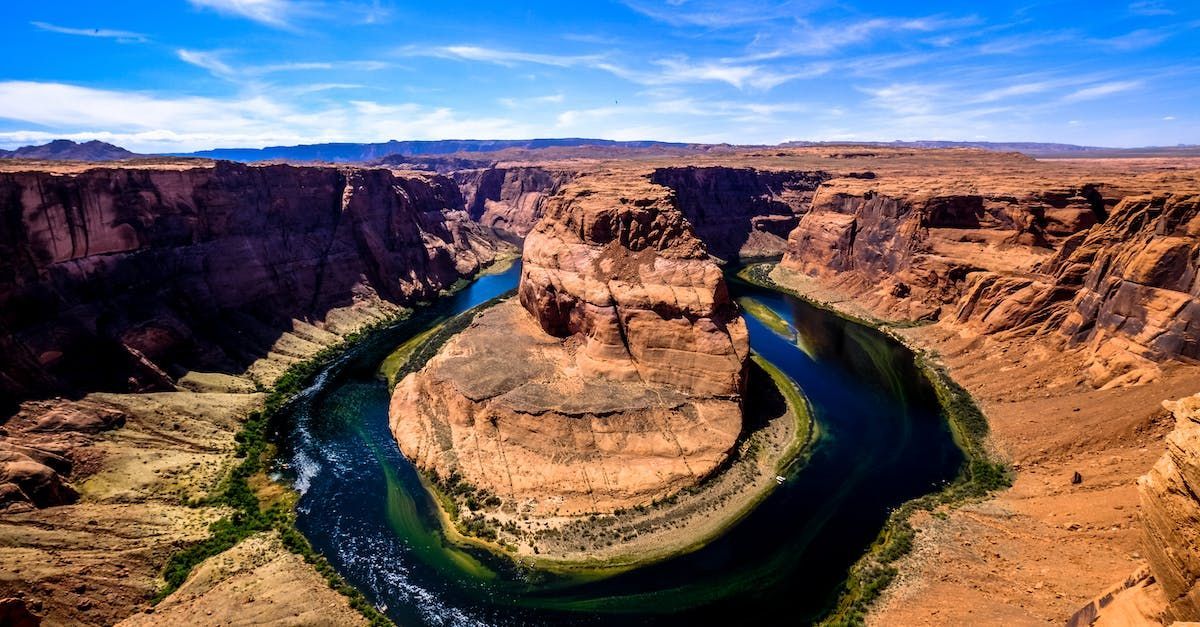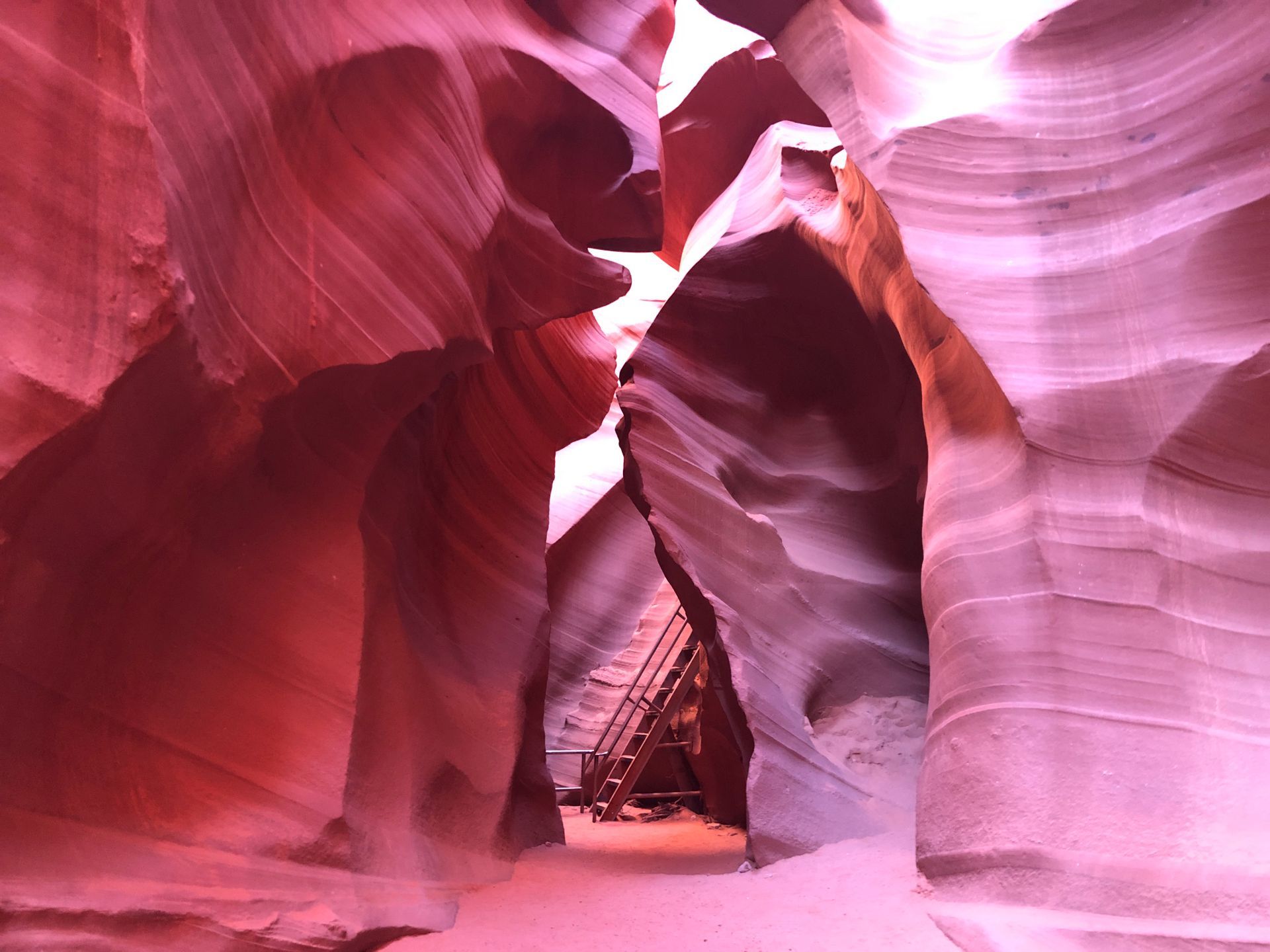What to know before visit Monument Valley
Exploring the Wonders of Monument Valley: A Journey Through the Heart of the American Southwest
Nestled in the heart of the American Southwest, Monument Valley is a place where the very essence of the Wild West comes alive. With its iconic sandstone formations, vast desert landscapes, and deep-rooted Native American culture, this destination is a treasure trove of natural beauty and rich history. Join me on a virtual journey as we explore the wonders of Monument Valley in this blog.
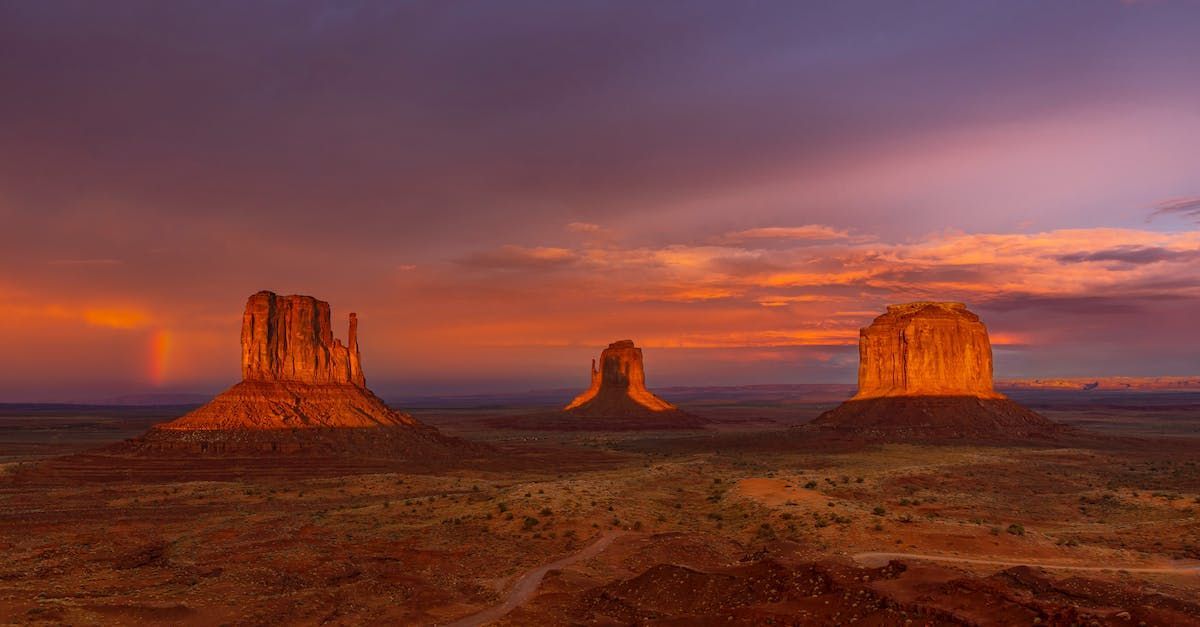
1. Arrival and First Impressions:
As you approach Monument Valley, the sheer scale of the red sandstone buttes and mesas takes your breath away. These towering giants have been sculpted by the hands of time, wind, and water into magnificent works of art. Driving along the dusty roads, you can't help but feel the magic in the air.
2. Guided Tours:
To truly appreciate Monument Valley, consider taking a guided tour. Navajo guides, the original inhabitants of this land, offer invaluable insights into the valley's history, geology, and culture. Whether it's a Jeep tour or a horseback ride, these experiences will take you deeper into the heart of this unique landscape.
3. Iconic Photo Stops:
Monument Valley is a photographer's dream. The play of light and shadow on the sandstone formations throughout the day creates a dynamic and ever-changing landscape. Don't miss capturing the iconic Mittens and Merrick Butte during the golden hours of sunrise and sunset.
4. Cultural Immersion:
Immerse yourself in the rich Navajo culture by visiting the local Navajo-run visitor center. Here, you can learn about their traditions, art, and history. If you're lucky, you may even witness a traditional dance performance.
5. Camping Under the Stars:
Spending a night in Monument Valley is an experience like no other. Campgrounds within the park offer the opportunity to sleep under the star-studded desert sky, creating memories that will last a lifetime.
6. The Wildcat Trail:
The Wildcat Trail is a must for hikers. This self-guided trail allows you to explore the valley floor up close. As you walk amidst the towering red rocks, you'll gain a profound appreciation for the natural forces that shaped this land.
Monument Valley is a place of incredible beauty, mystery, and spirituality. It's a destination that fills your camera with remarkable photos and your heart with lasting memories. As you leave, you'll carry with you the profound sense that you've experienced something truly extraordinary. Monument Valley isn't just a place to visit; it's a journey to embark on, an adventure waiting to be had. Don't miss your chance to explore this iconic American gem.
OPTIONAL ACTIVITIES
Monument Valley Loop Drive Tour - 2.5 Hours Duration
Monument Valley Loop Drive Tour - 1.5 Hours Duration
TIME CHANGE
Don't forget to change your watch!
The Navajo nation and the State of Utah are on Daylight Savings Time from the 2nd Sunday in March until the 1st Saturday in November.As a result, Monument Valley is an hour later than the rest of Arizona during these 6 months of the year.
Share with Friends

